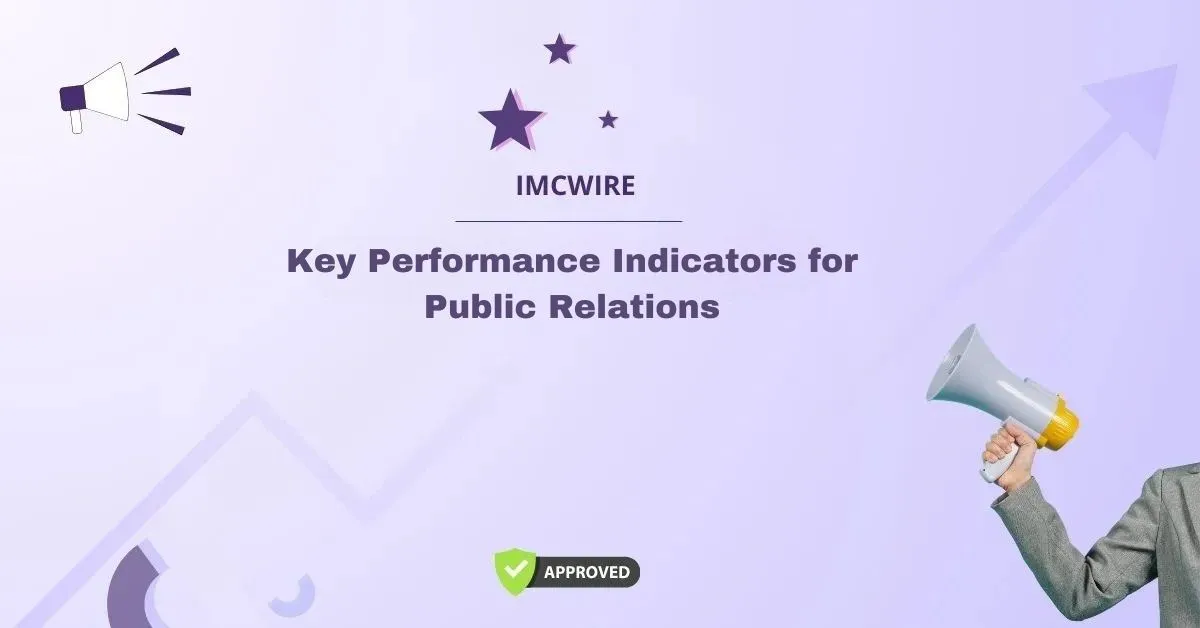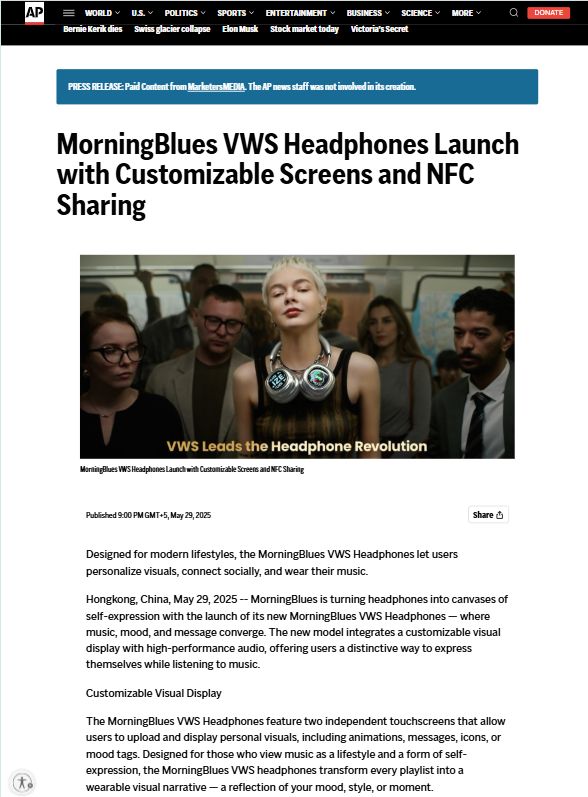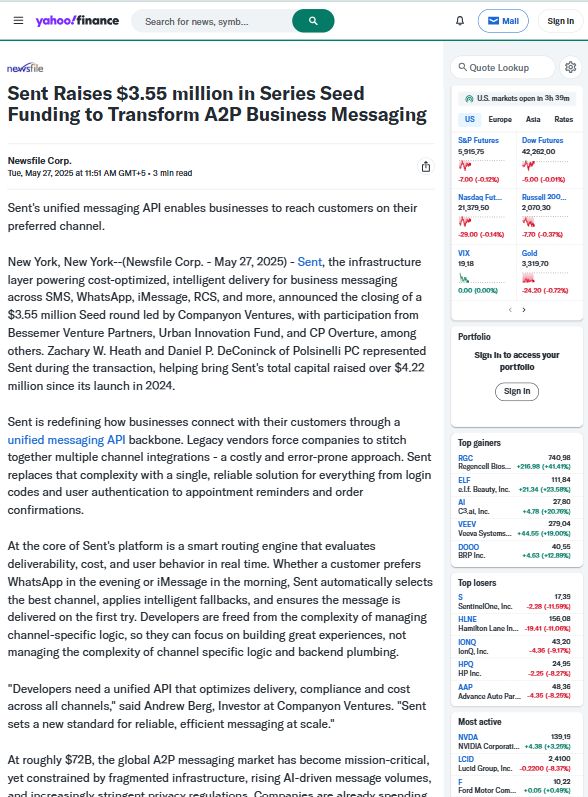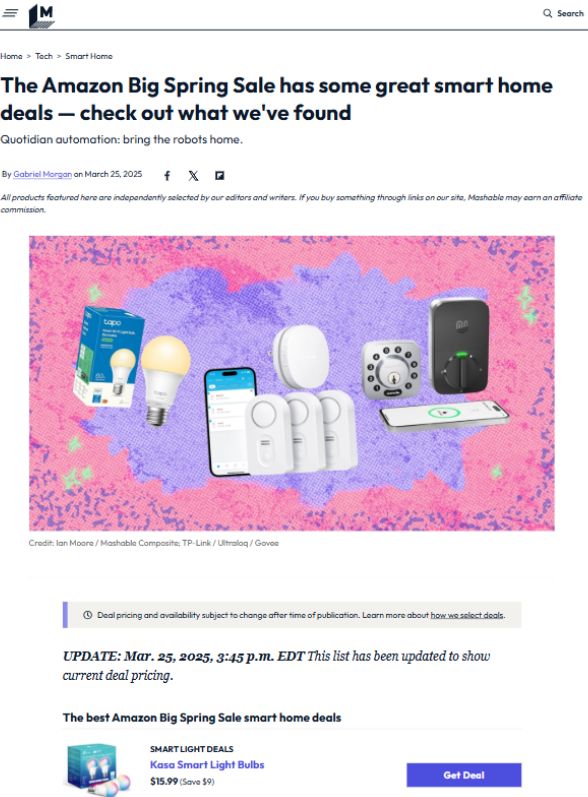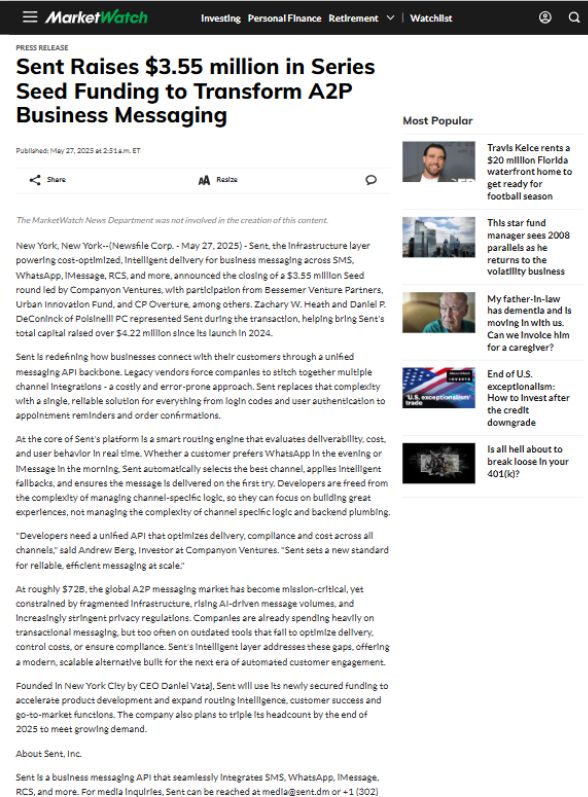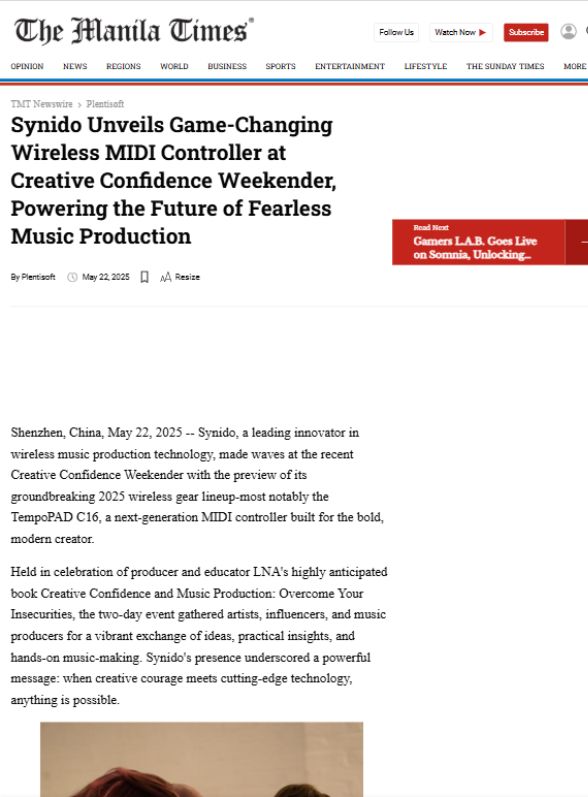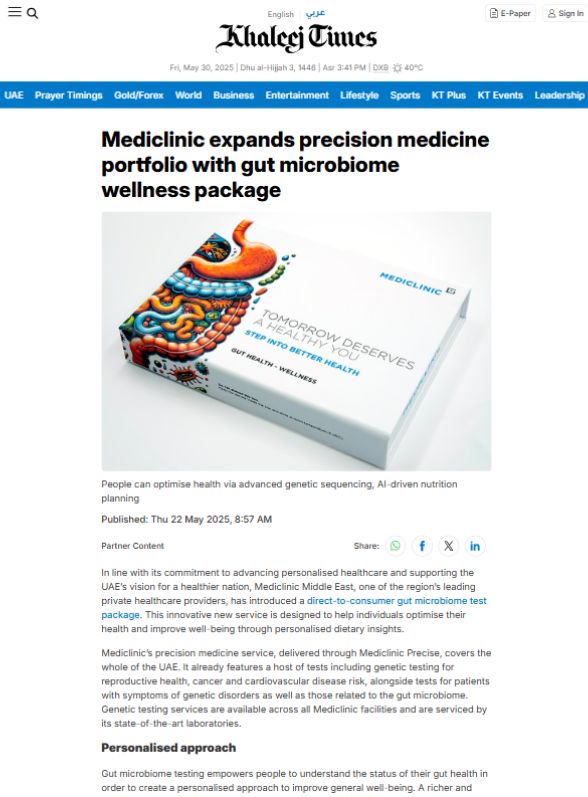Public relations (PR) is more than media coverage and brand mentions. It’s about strategic communication that builds trust, enhances reputation, and drives meaningful engagement. However, to know whether your PR efforts are truly effective, you must measure them accurately. That’s where key performance indicators for public relations (PR KPIs) come in. These metrics provide valuable insights into your PR strategy’s impact and guide future decisions to improve results.
In today’s data-driven world, companies like IMCWire are redefining how PR measurement works by offering businesses smarter, results-oriented solutions for performance tracking and brand growth.
Table of Contents
Understanding Key Performance Indicators for Public Relations
Key performance indicators for public relations are quantifiable metrics used to evaluate how well PR strategies and campaigns meet their objectives. They go beyond vanity numbers like simple reach or impressions. Instead, they focus on measurable outcomes that align with your business goals — such as brand visibility, audience engagement, sentiment improvement, or lead generation.
Effective PR measurement involves both qualitative and quantitative analysis. Quantitative metrics show measurable progress, while qualitative insights evaluate perception and reputation. Together, they provide a complete picture of PR performance.
Why Key Performance Indicators Matter in PR
Without clear KPIs, PR campaigns can lack direction. You may gain coverage, but without metrics, it’s impossible to know if it truly benefits your brand. KPIs act as a roadmap that connects communication strategies to tangible business outcomes.
For example, measuring how media mentions translate into website traffic or how positive press impacts brand sentiment gives you clarity. This information helps refine future campaigns, allocate resources efficiently, and prove ROI to stakeholders.
In short, PR KPIs turn creativity into strategy. They make communication measurable, manageable, and meaningful.
The Core Categories of PR KPIs
To fully grasp the importance of PR metrics, it’s essential to understand the key categories that define them. These categories ensure your public relations efforts are measured across all relevant dimensions.
1. Output Metrics
Output metrics track what your PR activities produce. They measure immediate results such as press releases distributed, events held, or articles published. While these metrics don’t measure impact directly, they are essential to track activity levels and consistency.
Examples include:
- Number of press releases published
- Media coverage volume
- Social media posts and engagement counts
- Mentions in industry publications
2. Outtake Metrics
Outtake metrics assess how your audience perceives and reacts to your PR messages. They reveal the level of engagement and the effectiveness of your communication.
Examples include:
- Social media engagement rate (likes, shares, comments)
- Brand awareness levels
- Message recall rate
- Media sentiment analysis
3. Outcome Metrics
Outcome metrics are the most powerful indicators. They measure real-world results that your PR efforts generate for your organization, such as changes in brand perception, customer behavior, or revenue impact.
Examples include:
- Growth in website traffic from PR channels
- Increase in lead generation or sales inquiries
- Improvement in public sentiment
- Share of voice in the market
These metrics connect PR efforts to measurable business success.
Setting SMART PR KPIs
The most effective PR KPIs follow the SMART framework — Specific, Measurable, Achievable, Relevant, and Time-bound.
For instance:
- Instead of saying “increase media coverage,” a SMART KPI would be “secure 10 positive media mentions in Tier-1 publications within 3 months.”
This specificity ensures clarity, accountability, and easy performance evaluation.
Key Performance Indicators for Public Relations You Should Track
Here are some of the most vital KPIs every business should monitor to measure PR success.
1. Media Coverage Volume
The total number of times your brand is mentioned in the media is a basic yet vital KPI. Tracking media coverage helps you gauge visibility, identify which platforms deliver the best results, and evaluate how often your key messages are shared.
2. Share of Voice (SOV)
Share of voice measures your brand’s presence in the media compared to competitors. It highlights how much visibility your brand enjoys in your industry and shows whether you’re leading or lagging in public conversations.
3. Sentiment Analysis
Not all mentions are positive. Sentiment analysis evaluates whether your media coverage or online discussions reflect a positive, neutral, or negative tone. This helps you understand the public’s perception of your brand.
4. Website Traffic from PR Sources
One of the most direct ways to measure PR success is to track how much website traffic is driven by PR activities. By analyzing referral traffic, you can identify which publications, press releases, or social campaigns bring the most visitors.
5. Social Media Engagement
Social media engagement metrics such as likes, comments, shares, and click-through rates are essential indicators of how your audience interacts with PR content. They reveal the effectiveness of your messaging and the level of connection with your followers.
6. Backlink Quality and Quantity
Quality backlinks from trusted media outlets boost your website’s authority and SEO rankings. Tracking backlinks helps assess whether your PR content is being picked up and valued by reputable sources.
7. Brand Mentions and Visibility
Tracking brand mentions across online and offline media provides insights into how often your brand is discussed and how visible it is within your target market.
8. Reputation and Trust Index
This metric combines sentiment, engagement, and survey data to assess how much trust your brand commands among audiences. Reputation management is a key aspect of PR, and this KPI directly ties communication efforts to credibility.
9. Event Attendance and Participation
If your PR strategy includes hosting or sponsoring events, monitoring attendance and participant engagement helps evaluate success. It reflects real-world interest and community involvement.
10. Conversion Rates and Lead Generation
Modern PR aims to influence business growth, not just brand image. Tracking conversions, sign-ups, or leads generated from PR campaigns demonstrates tangible value and ROI.
The Evolving Nature of PR Measurement
The landscape of PR measurement is evolving. Traditional media impressions are giving way to digital engagement metrics, advanced analytics, and AI-driven insights. Brands now rely on technology platforms like IMCWire to gather real-time data, visualize performance, and optimize communication strategies efficiently.
PR measurement is no longer optional. It’s an essential part of strategy refinement and accountability.
Integrating Data and Analytics in PR Measurement
The integration of data analytics into PR measurement has transformed the way organizations understand their performance. Tools that track social listening, sentiment, and coverage analytics provide a deeper understanding of audience behavior.
Platforms such as IMCWire are designed to offer comprehensive PR data solutions, helping businesses translate raw data into meaningful insights. These insights help shape narratives, improve targeting, and build stronger brand trust.
IMCWire and the Power of Data-Driven Public Relations
In today’s competitive communication landscape, IMCWire stands out as a trusted PR distribution and analytics partner. IMCWire not only helps brands distribute their press releases effectively but also empowers them with advanced performance metrics to evaluate campaign success.
With real-time data tracking and customized analytics reports, IMCWire allows businesses to monitor essential key performance indicators for public relations effortlessly. Whether it’s understanding media reach, analyzing audience sentiment, or measuring conversion impact, IMCWire provides transparent, measurable results.
For companies looking to amplify their brand visibility while maintaining accountability, IMCWire is an ideal partner that combines creativity with measurable strategy.
Using PR KPIs to Improve Future Campaigns
The true purpose of tracking PR KPIs is to enhance future efforts. Analyzing which messages perform best, what channels drive engagement, and what type of coverage resonates with audiences helps shape better campaigns moving forward.
For instance, if a campaign gains high engagement but low sentiment, it’s an indicator to adjust the messaging. Likewise, if certain media platforms bring the most traffic, PR teams can prioritize partnerships with those outlets.
Continuous measurement leads to continuous improvement.
Common Mistakes in Measuring PR KPIs
While measuring PR performance, many organizations fall into avoidable traps. Some of the common mistakes include:
- Relying solely on output metrics like mentions or reach without evaluating outcomes.
- Ignoring negative coverage or sentiment trends.
- Not aligning PR KPIs with overall business objectives.
- Measuring too many KPIs at once without focusing on what truly matters.
Avoiding these mistakes ensures meaningful measurement and better resource allocation.
Aligning PR KPIs with Business Objectives
Every PR activity should contribute to a larger business goal — be it brand awareness, trust, or revenue growth. Aligning KPIs with these objectives ensures strategic focus.
For example:
- If the goal is brand awareness, track share of voice and reach.
- For reputation management, focus on sentiment analysis.
- For lead generation, monitor traffic and conversions.
This alignment ensures that PR efforts deliver tangible value to the organization.
The Future of Key Performance Indicators for Public Relations
The future of PR measurement lies in automation, AI-driven insights, and deeper data integration. Advanced tools will soon provide predictive analytics to forecast campaign outcomes before they launch.
Brands that adopt performance-focused PR strategies now will gain a strong competitive advantage. Using smart tools like IMCWire, companies can stay ahead with real-time analytics, trend tracking, and detailed performance evaluations.
The future is transparent, measurable, and strategic — powered by data-driven PR.
Conclusion
Key performance indicators for public relations serve as the backbone of effective communication strategy. They transform creative storytelling into measurable results and ensure that PR efforts align with business growth. From media coverage and sentiment to conversions and engagement, each KPI provides valuable insights into how the public perceives your brand.
As businesses embrace more data-focused approaches, platforms like IMCWire lead the transformation. IMCWire helps brands not only reach the right audience but also measure every impact accurately. For companies that want to elevate their PR efforts, IMCWire is more than just a distribution service — it’s a strategic growth partner that empowers brands with visibility, credibility, and measurable success.
When you understand and apply the right KPIs, your PR campaigns become more effective, transparent, and impactful — driving long-term trust, loyalty, and recognition for your brand.

